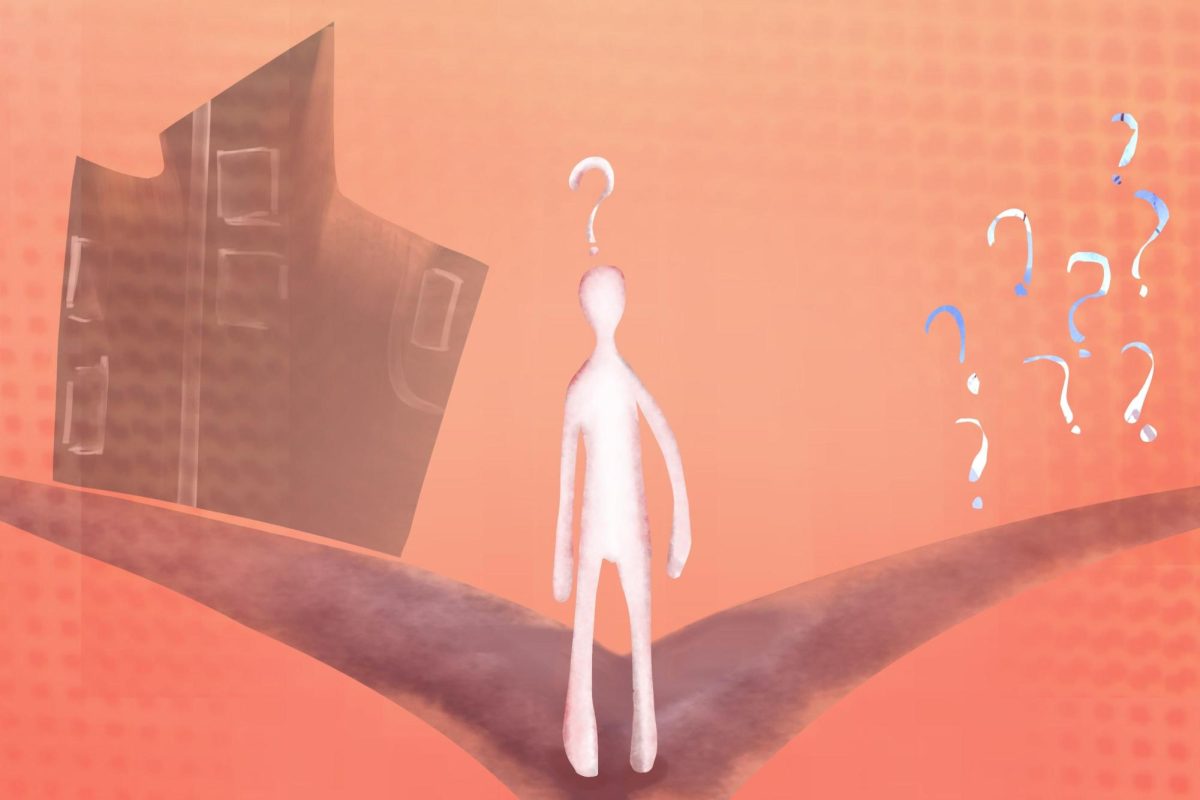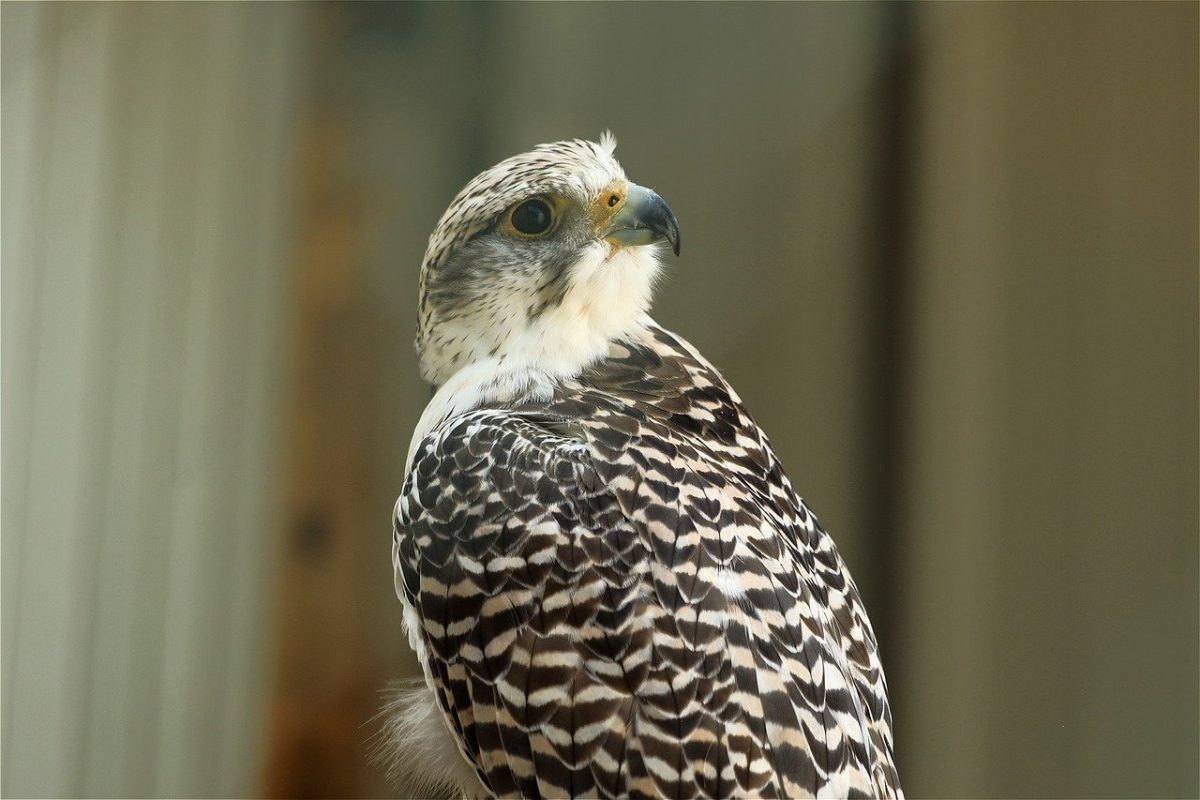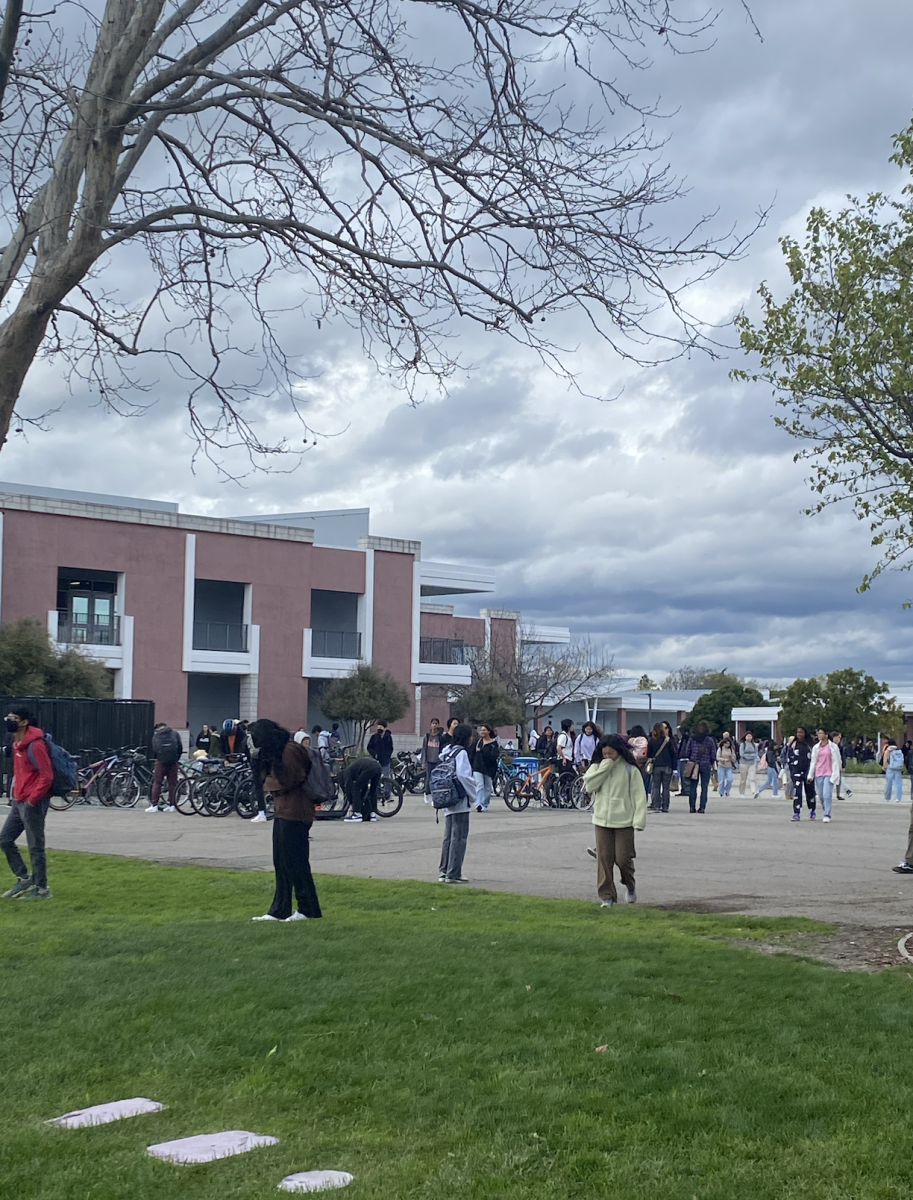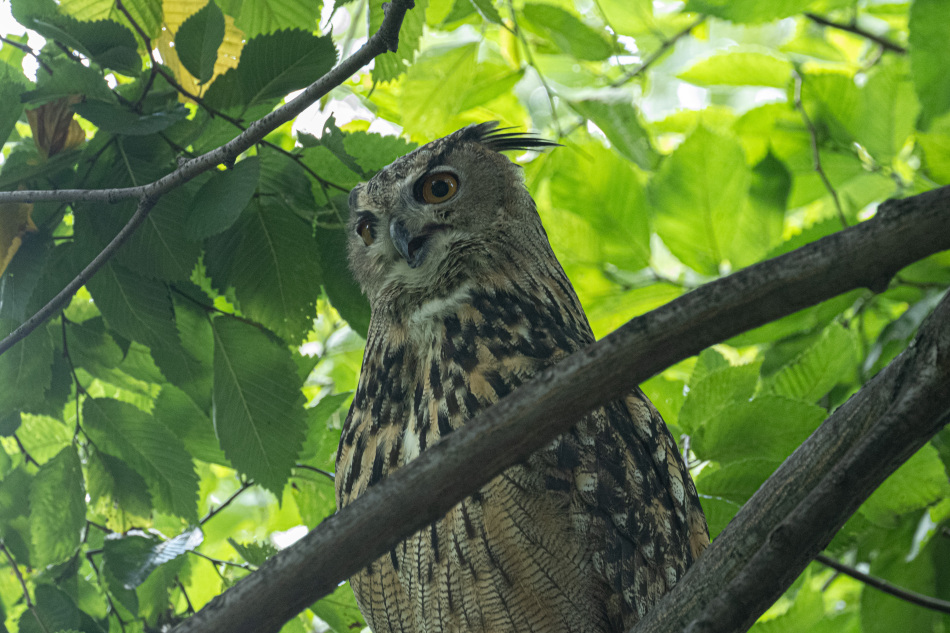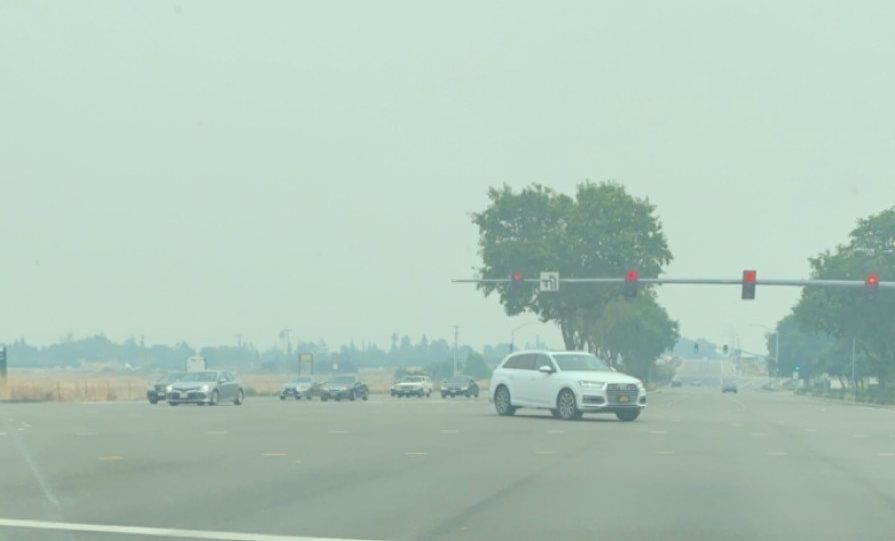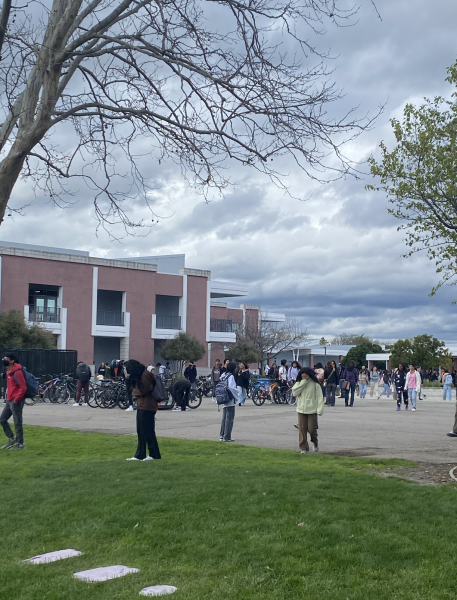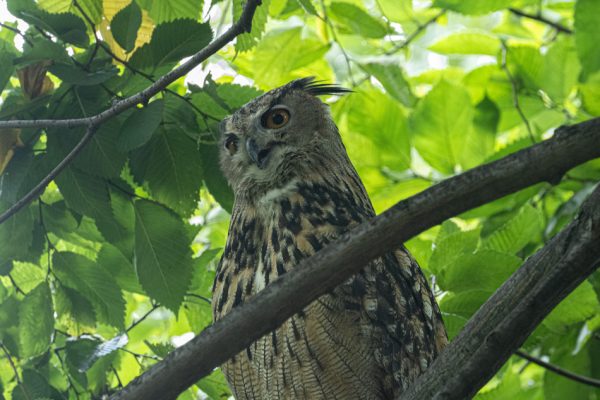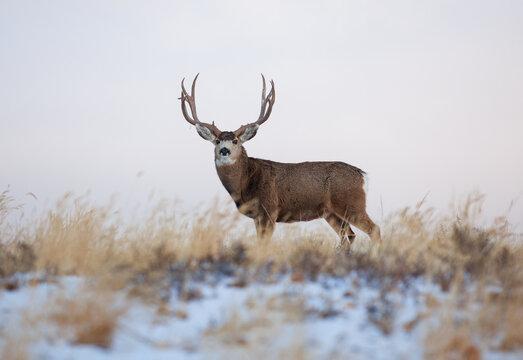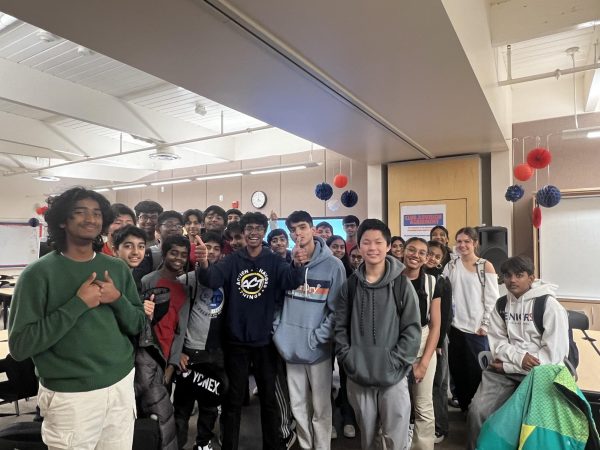Climate Change: Every year, wildfires are getting worse. They don’t have to.
A view from Singh’s car reveals an alarmingly smoky scene due to raging wildfires.
In recent months, wildfires have raged across the state (to the surprise of none). At this point, another wildfire isn’t even that big of a deal. If past months and summers have taught us anything, it’s that fires are going to be a permanent fixture of the Californian summer.
Since August, fires have ravaged the California countryside. I live on the east side of Dublin, and every couple of weeks, right as the air quality gets better, the acrid smell of ash and smoke seems to embark on another offensive against my lungs. I doubt this only happens to me, though. I am sure that others in Dublin and California have to deal with the adverse effects of the fires as well. With each passing year, the fires become increasingly worse, with fires burning hotter and longer. However, solutions to this problem seem to be few and far between.
To be clear, not all wildfires are harmful. In the right amount, they are healthy for the Californian ecosystem. They have been a part of the ecosystem for millions of years, and serve a very important purpose. Wildfires are needed to clear out dead brush and plant matter, returning it back to the soil. Without wildfires, the ecosystem would be thrown out of order, with the soil not being nearly as rich as it would be with the wildfires.
Due to the warming climate, wildfires are getting worse. Warmer weather means less precipitation on the mountains, leading to streams, creeks and rivers drying up. The lack of rainfall contributes to that golden countryside that so many of us now associate Californian hillsides with. However, they should also be associated with prime grounds for a wildfire to start.
I doubt that we’ll find and implement a fix for climate change before next summer. The next best thing to do? Controlled burns. Some counties and fire departments have been already doing this for a while, and I commend them for doing so. However, some haven’t, whether it be due to misinformation or confusion about what it is.
To clear things up, controlled burns are where fire departments counterintuitively set small fires to both prevent and fight large fires. Preventative controlled burns clear up a lot of the dead brush and biomass that would have been fuel for any wildfires, thereby greatly reducing the risk of wildfire. To fight fires, they can be lit ahead of areas where fires will spread to, in order to set up a boundary for the fire by effectively cutting off its fuel source.
Controlled burns, when done right, can greatly reduce the risk of wildfire and stop existing ones. Rather than a flood of smoke throughout the same 2 or 3 months every year, controlled burns would induce a small trickle of smoke throughout the year, giving plant life time to absorb the smoke.
This is why it’s important for you to remember about controlled burns the next time something comes up in regards to the fires. I encourage you to inquire with local and state fire agencies about whether they are performing controlled burns, and about what they are doing to prevent the spread of wildfires. They are already doing a great job, but there is always room for improvement. While a single letter or email may not be much, it’s a good step towards a better Dublin and a better California.
Your donation will support the student journalists of Dublin High School. Your contribution will allow us to purchase equipment and cover our annual website hosting costs.

Jacob Siauw is a junior at DHS. During his freshman year, he wrote a regular column for the Shield. Before stopping during his junior year, he used...


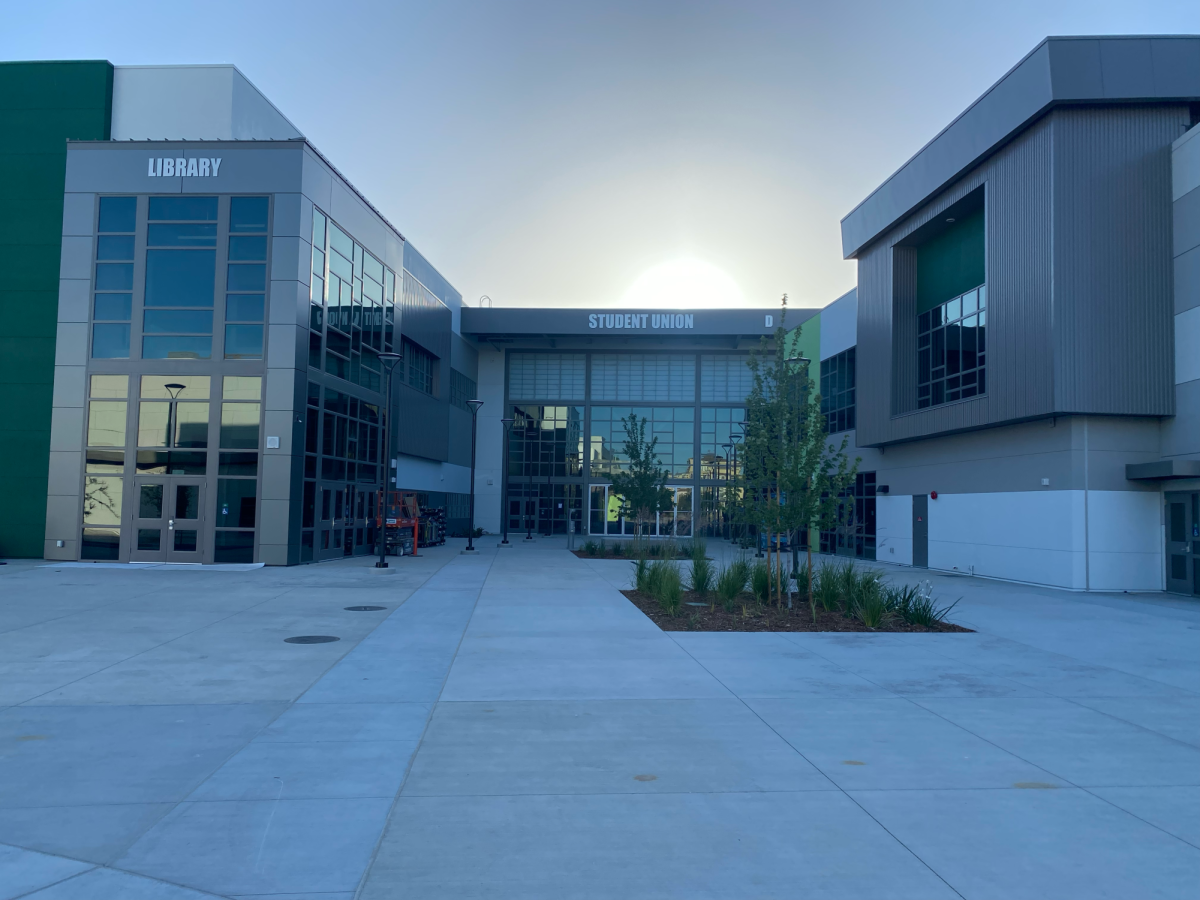
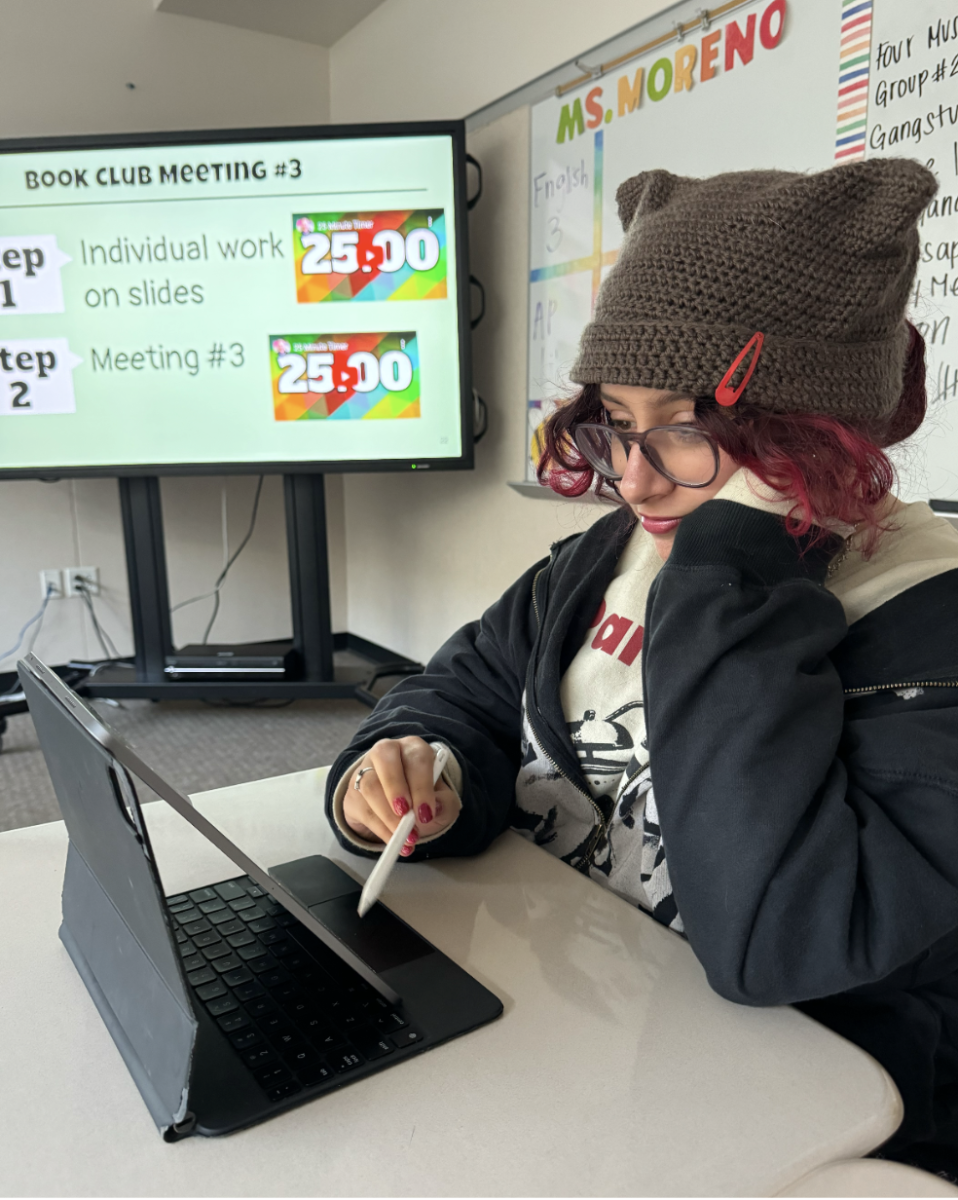


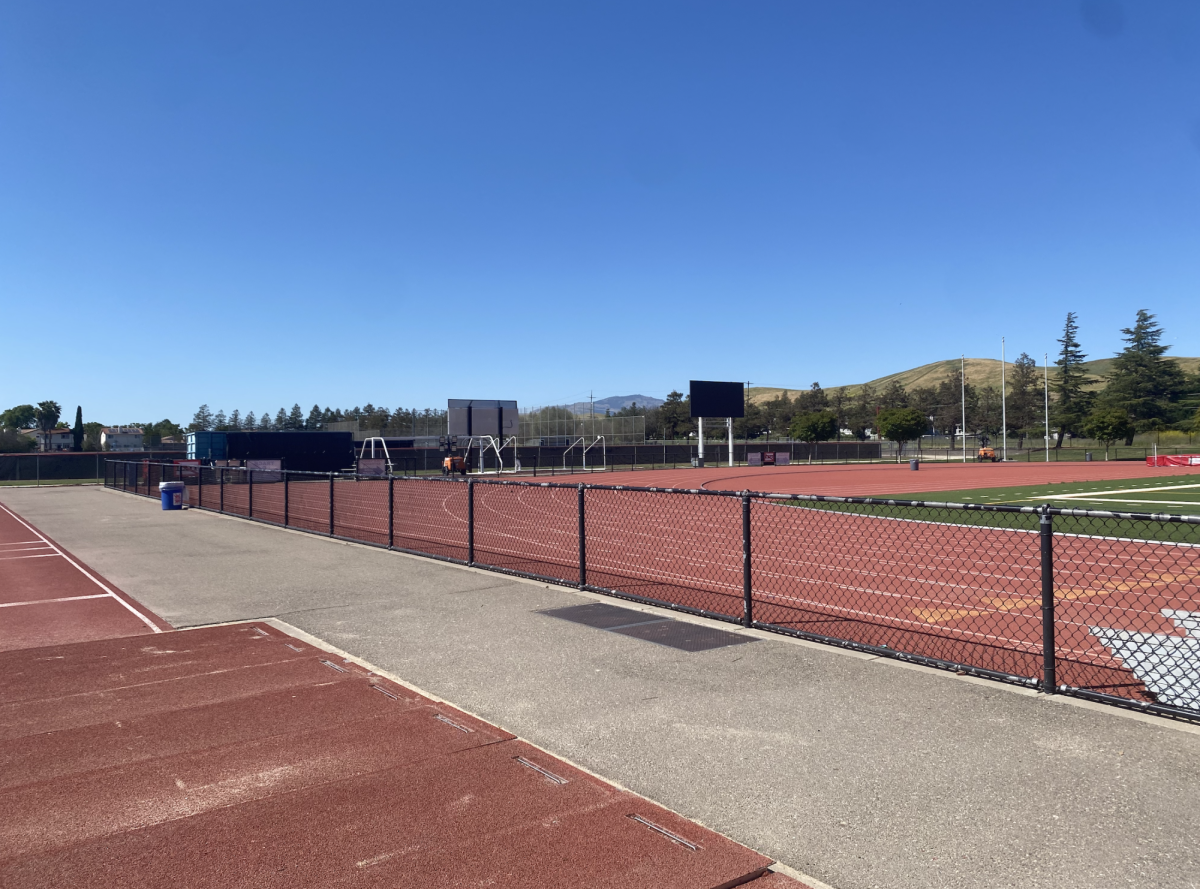


![[Book Review] Weapons of Math Destruction: The insidious danger of Big Data](https://thedublinshield.com/wp-content/uploads/2024/06/wmdsarticle-727x1200.jpg)

